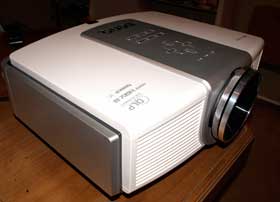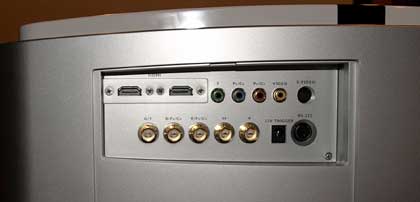- BenQ W20000 1080p, DLP, Home Theater Projector Review
- BenQ W20000 Projector: Physical Tour
- BenQ W20000 Home Theater Projector Review: Image Quality
- BenQ W20000 Home Theater Projector Review: Image Quality-2
- BenQ W20000 Home Theater Projector Review: Image Quality-3
- BenQ W20000 Home Theater Projector Review: Image Quality-4
- BenQ W20000 Home Theater Projector Review: Image Quality-5
- BenQ W20000 Home Theater Projector Review: Image Quality-6
- BenQ W20000 Home Theater Projector Review: Image Quality-7
- BenQ W20000 Home Cinema Projector Review: General Performance
- BenQ W20000 Home Theater Projector Review: Image Quality-8
- W20000 Projector - Remote Control
- W20000 SDE and Rainbow Effect, Pixel Visibility
- W20000 Projector Brightness
- BenQ W20000 Home Cinema Projector Review: General Performance-2
- BenQ W20000 Home Theater Projector Warranty
- BenQ W20000 Home Theater Projector: Summary, Pros and Cons
- BenQ W20000 Projector: Cons
- BenQ W20000 Projector: Cons2
- BenQ W20000 Home Theater Projector: Summary
- BenQ W20000 Projector Specifications
- Home
- All Reviews
- By Category
- By Manufacturer
- Best Projectors for 2024
- Best 4K Projectors for 2023
- Best Laser TVs For 2023
- Best Short Throw Projectors For 2023
- Best Gaming Projectors For 2024
- Best Home Theater Projectors For 2024
- Best Bright Budget-Friendly Outdoor Projectors
- Best Battery Powered Outdoor Projectors
- Best Outdoor Projection Screens
- Best Projectors for 2024
- Industry News
- Reports
- Projector Manufacturers
- Manufacturer Terminology
- Manufacturers
- Recent Articles
- Custom Integration
- Projection Terms
- Projector Manufacturers Categories
- Videos
- Blog
Close
Menu
- All Reviews
- By Category
- By Manufacturer
- Best Projectors for 2024
- Best 4K Projectors for 2024
- Best Short Throw Projectors For 2024
- Best Projectors Under $1,000 For 2024
- Best Projectors Under $500 For 2024
- Best Laser TVs For 2024
- Best Gaming Projectors For 2024
- Best Home Theater Projectors For 2024
- Best Bright Budget-Friendly Outdoor Projectors
- Best Battery Powered Outdoor Projectors
- Best Outdoor Projection Screens
- Best Outdoor Projectors For 2024
- Best Projectors On Amazon In 2024
- Best Portable Projectors For 2024
- Best Projectors for 2024
- Latest News
- Reports & Guides
- Manufacturers
- Articles
- Custom Integration
- Projection Terms
close




